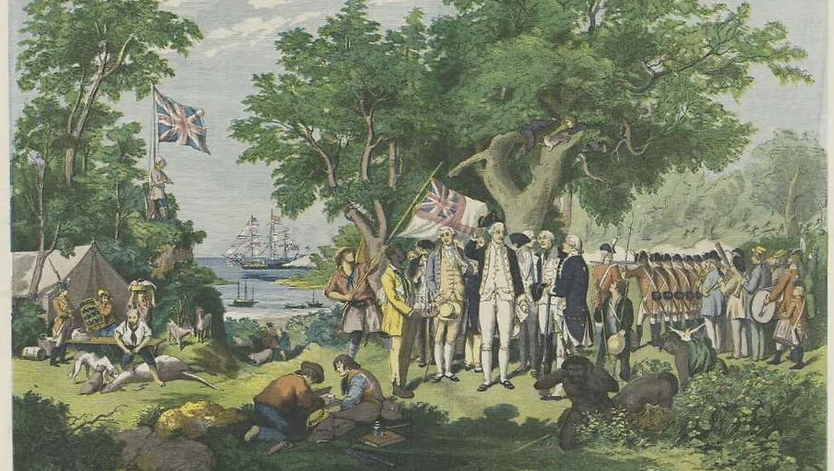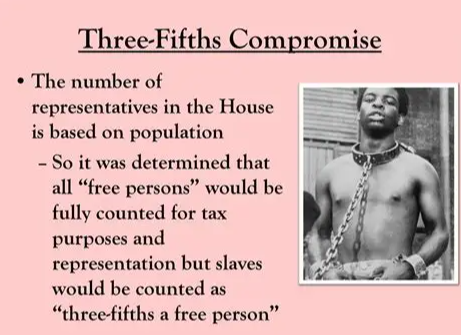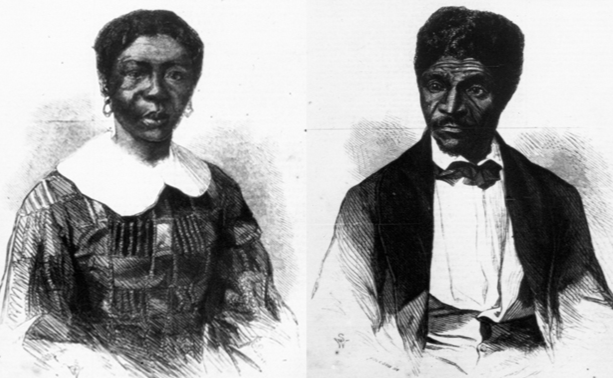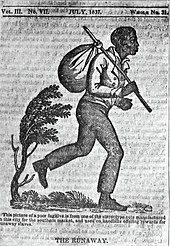The L.A.W. of the Empire of Morocco
The Glossary serves as a comprehensive guide, providing links to every item within this book. It is designed to assist students in completing assignments more efficiently and in a more organized manner, especially when multitasking.
Mission Statement
The purpose of this Dictionary is to connect the historical timeline of the Moroccan Empire to the present day, in conjunction with the AMPAC Study Sessions. Inside, you will find a wealth of information, including:
-
Moroccan History: A detailed account of the Moroccan Empire's past.
-
Treaties: Important treaties that have shaped the Empire.
-
Key Definitions: Essential terms defined for better understanding.
-
Maps: Detailed maps of all Moroccan territories.
-
Foreign Moroccan Countries or States: Information on foreign states within the Moroccan Empire.
-
Internal Moroccan States' Declarations of Independence: Key declarations from internal states.
-
Constitutions: Constitutions of all jurisdictions within the Empire of Morocco.
-
Laws: Internal and external laws governing Moroccan states and foreign jurisdictions within the Empire.
-
AMPAC Study Sessions: Documents and definitions discussed in AMPAC Study Sessions.
Continuous Updates
The L.A.W. of the Empire of Morocco will be continuously updated to ensure that the information remains current and accurate.
Special | A | B | C | D | E | F | G | H | I | J | K | L | M | N | O | P | Q | R | S | T | U | V | W | X | Y | Z | ALL
1 |
|---|
1724 Christian Black (Noire) Codes of LouisianaThe Christian Black Codes of 1724 Black codes were laws that restricted the freedom and movement of Black people and forced them to
Video: | |
1776-1949 MULTILATERAL TREATIES AND OTHER INTERNATIONAL AGREEMENTS OF THE UNITED STATES OF AMERICA 1776-1949 | |
1777 The United States of America | |
1783 Art II. S2.C2.1.4 Self-Executing and Non-Self-Executing Treaties | |
1787 Constitution: The United States of America | |
1787 Three-Fifths Compromise
1787The Three-fifths Compromise, also known as the Constitutional Compromise of 1787, was an agreement reached during the 1787 United States Constitutional Convention over the inclusion of slaves in counting a state's total population.
Three-fifths Compromise - Wikipedia Videos: Slavery and the Three-Fifths Compromise, by Professor John Kaminski The 3/5 Compromise - One Minute History The US Constitution, 3/5, and the Slave Trade Clause: Crash Course Black American History #9 | |
1848 The Negro Law of South CarolinaThe Negro Law of South Carolina (1848) is a historical document that provides an in-depth look at the legal system and social structure of South Carolina during the mid-19th century. It focuses on the laws and regulations that governed the lives of African Americans in the state at the time.
Videos: The Negro Law of South Carolina (1848) South Carolina: Rights to Ancestral Land Slave History of Charleston Charleston - Old Slave Mart Black Slave Owner and Breeder in South Carolina ~ The Interesting Story of William Ellison | |
1855 Abraham Lincoln Defends Moor | |
1856 Dred Scott CaseDread Scott (Wikipedia)
Dred Scott v. Sandford 1856 (Legal Dictionary) Dread Scott V. Sanford 1865 (Justia US Supreme Court) The term “Dred Scott” means a naturalized person that still does not know the name of their original distinct Country or nationality after being Naturalized or Colonized.
The Human factor of History: Dred Scott and Roger B. Taney (Smithsonian) 1887
Video: Roger B. Taney Chief Justice of the Supreme Court - The Dred Scott Decision March 6, 1857 (YouTube)The Dread Scott Decision March 6, 1857 Harriet Robinson Scott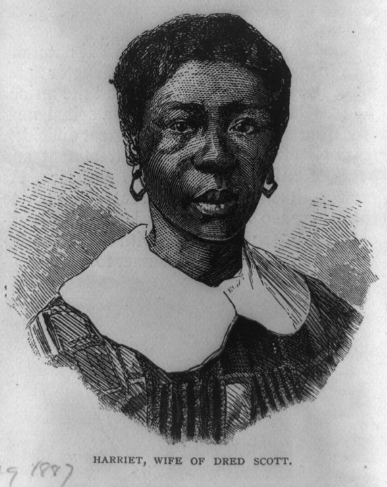 Samuel A. Cartwright
DrapetomaniaDescription[edit]
Cartwright described the disorder—which, he said, was "unknown to our medical authorities, although its diagnostic symptom, the absconding from service, is well known to our planters and overseers"[9]—in a paper delivered before the Medical Association of Louisiana[7]: 291 that was widely reprinted. He stated that the malady was a consequence of masters who "made themselves too familiar with [slaves], treating them as equals".[11]
In Diseases and Peculiarities of the Negro Race, Cartwright says that the Bible calls for a slave to be submissive to his master, and by doing so, the slave will have no desire to run away:[9]
Prevention and remedy[edit]In addition to identifying drapetomania, his feeling was that with "proper medical advice, strictly followed, this troublesome practice that many Negroes have of running away can be almost entirely prevented".[9] In the case of slaves "sulky and dissatisfied without cause"—a warning sign of imminent flight—Cartwright mentioned "whipping the devil out of them" as a "preventative measure".[7]: 35 [13][14] Blackamoor
| ||||||||||||

